Most businesses put their heart and soul into acquiring new customers but ignore the huge opportunity in retaining existing customers. Customer retention, the most overlooked marketing tactic, is said to be the money maker since existing customers are likely to spend 31% more and 50% more likely to try new products when compared to new customers.
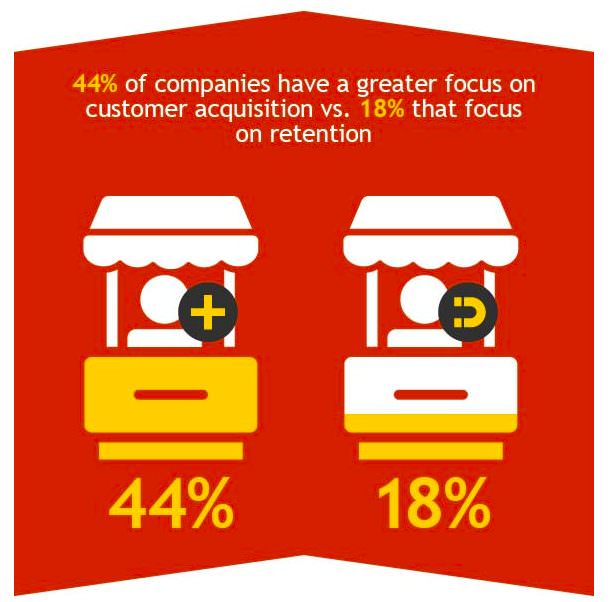
As per Gregory Yanchelowich from Customer Experience IQ:
Customers no longer buy products; they buy experiences delivered via the products. Share on XPersonalized customer service should always be on the radar to provide an excellent consumer experience. When they’re treated like individuals who matter by getting quality service on time or even early, customers will feel connected to the brand and will often speak up for the company as an unofficial brand ambassador.
In fact, according to Gartner, “by 2020 the customer will manage 85% of its relationship with an enterprise without interacting with a human. This means that the customer experience will quickly overtake price and product as the key competitive differentiator among brands.”
As far as SEO strategies are concerned, they are mostly around acquiring new customers by doing keyword research and creating and optimizing new pages.
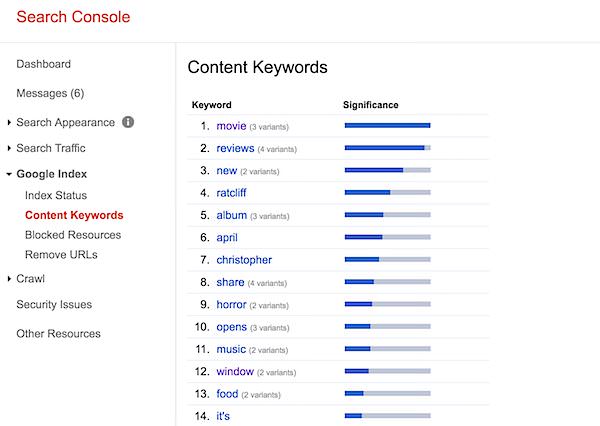
But now with the user experience being a major ranking factor, SEO should also be used to create the best UX for existing customers because they are the main returning visitors to your website. SEO strategies should be refined to restructure the website to showcase an evaluation portal for new visitors/evaluators and a support channel/product education portal for existing customers.
In this post I’ll show you how to use a few actionable SEO strategies to provide exceptional customer service to existing customers and aid your help desk technicians by reducing their workload.
Learn More: Creating a Winning SEO Strategy for E-commerce Companies
1) Optimize Kbase & Frequently Asked Questions
A well-structured comprehensive knowledge base that contains elaborate answers to all the frequently asked questions can prevent your support technicians from drowning into a huge pile of help desk tickets.
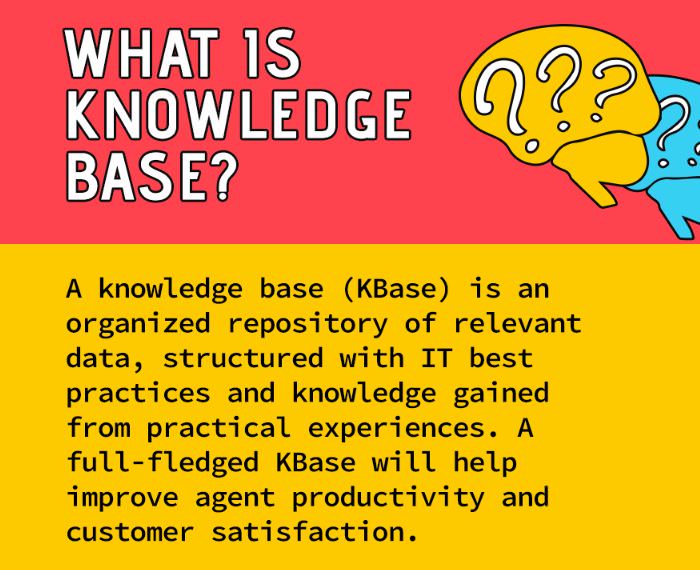
In a survey of 3,000 online consumers conducted by Coleman Parkes, 91% said they prefer to use online knowledge base and solve their problems on their own.
Here is the step-by-step process to structure an SEO-optimized knowledge base.
a) Know the most common reasons for customer help tickets
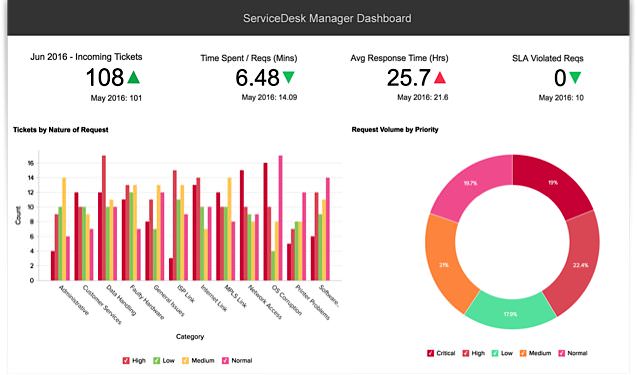
This is a deep-down analysis of what went wrong to discover where the actual problem lies. This kind of categorization helps to structure your knowledge base as silos and provide a clear view of the questions.
b) Find out how people are searching
People tend to prefer searching for solutions to their problems on Google or a company’s website first, before contacting help desk technicians.
Search queries are often worded as questions, starting with “How to” “what is” or very specific long-tail keywords. It’s evident that we’re seeing a massive growth in question phrases and the treasure trove to finding these popular customer questions are right there in your product/service forums and ticket history.
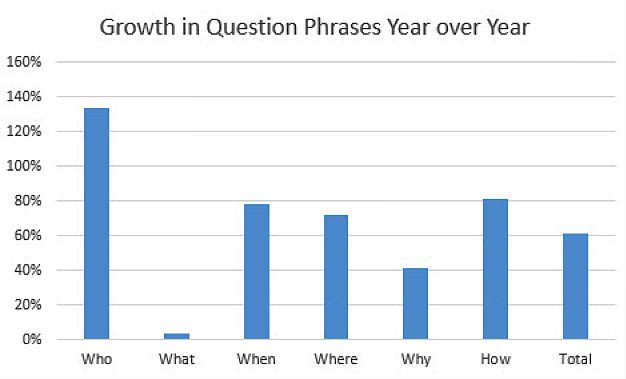
The support team should work closely with the SEO team to determine what customers are searching for. In this way, you’ll be using exact keywords and phrases that are understood by the general audience to help bring in other users who are searching for the same question.
Learn More: Top 10 User & Customer Feedback Tools to Improve Conversion
It’s worth checking out what your users have searched for on your website by integrating it into Google Analytics. Site Search shows you if people are using the search function on your site, which queries they entered, and whether the search results led to them diving in deeper to your site.
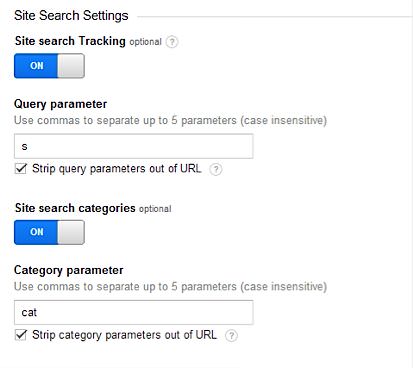
c) Write a step-by-step guide for every FAQ
After categorizing and compiling questions based on user search analysis, the next step is to start writing answers. Long-form content is always recommended, provided that it is of high quality and thoroughly answers all possible questions. Include short videos and screenshots to better answer the questions.
Ideally, an FAQ structure should start with a hub page from which it branches out to the individual FAQs. Here’s an example of a hub page:
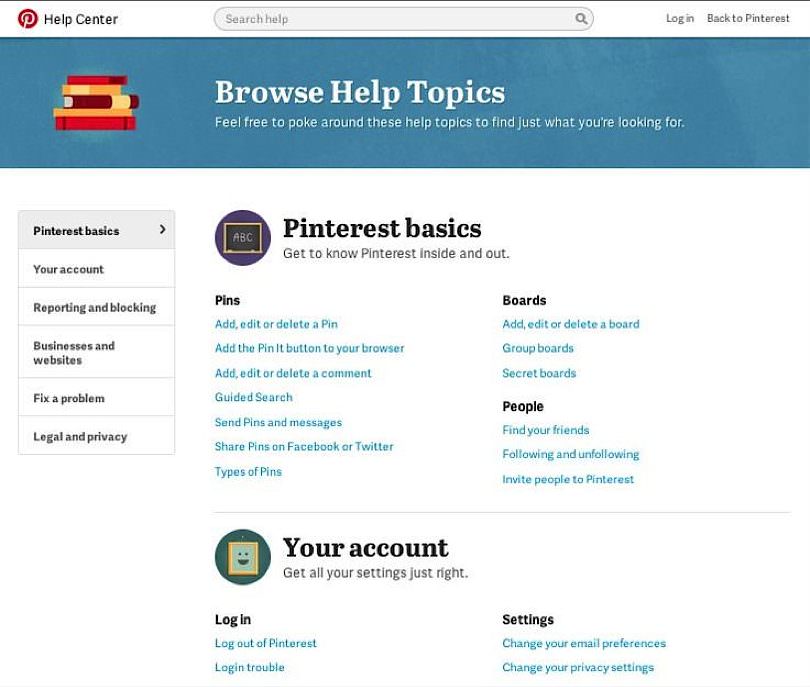
2) Utilize Google Featured Snippets
In addition to building a Kbase for your own product queries, create FAQs for common industry-related questions that might be of interest to your existing customers as well as new visitors. This kind of FAQ is not only helpful to your users, but it paves the way for getting your website listed in Google’s featured snippets, which are a great way to gain traffic.
An example of a featured snippet:

Another example of a featured snippet:
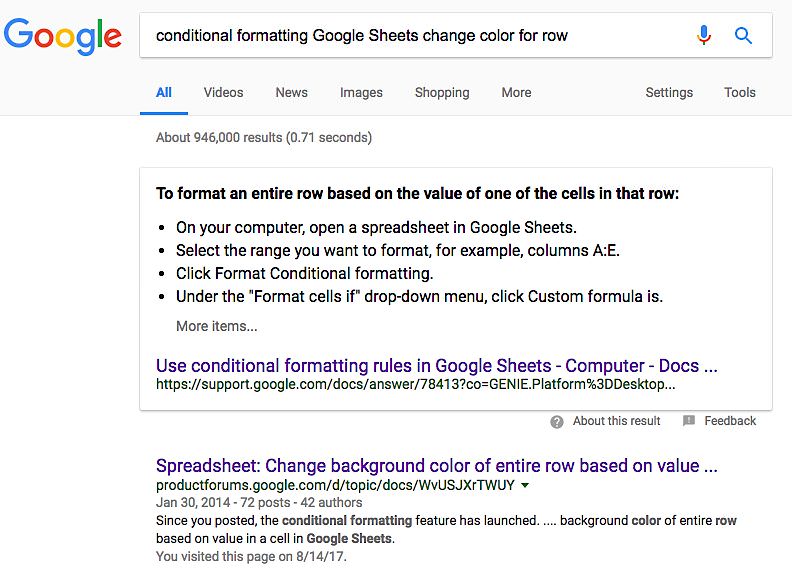
As per a study by Stone Temple, about 30% of those 1.4 million queries showed featured snippets. So, it’s extremely important to optimize your FAQ pages accordingly.
a) Find the most searched for questions
Unless you are able to get into a user’s mind to discover how they search for this or that, you have to become good at collecting keywords. Other than simply relying on Google’s autosuggest, Answer the Public can help you to identify questions that are searched for.
Input the main keyword and you’ll be given lots of questions that have a high possibility of getting listed in Google’s featured snippets.
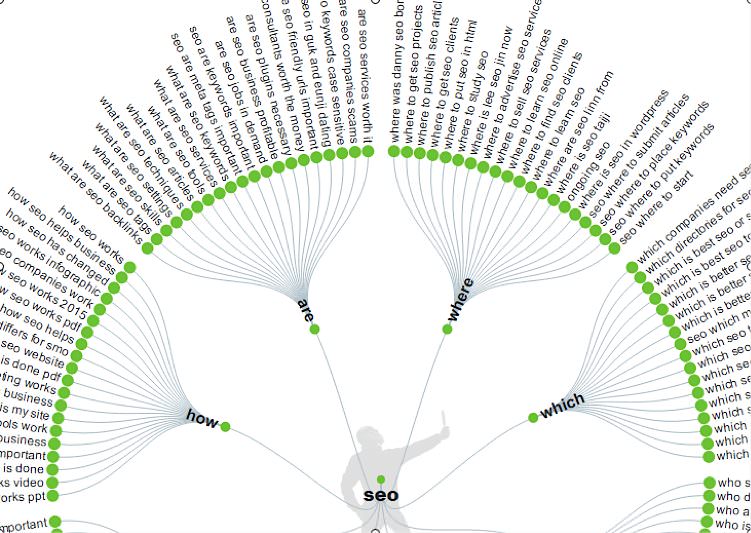
b) Create pages to solve user’s problems
Once you have identified the most searched for questions, the next step is to create landing pages by grouping related questions. Here are the best practices to get your website listed in Google featured snippets:
- Include the keyword in the header tag
- Provide a clear and direct answer to the question
- Add step-by-step instructions on how to resolve the issue
- Include necessary screenshots and videos
- Don’t use stop words like “the,” “an,” or “a” in the title
- Offer value beyond just the direct answer
I really love the way that IKEA has named its products to resolve respective user problems. Because the founder has dyslexia, he and his sister came up with product names that he could remember, which are all descriptions that personally made sense to them (see names in chart below). Apart from a very successful business, they get tons of appreciation from their customers for their innovative marketing.
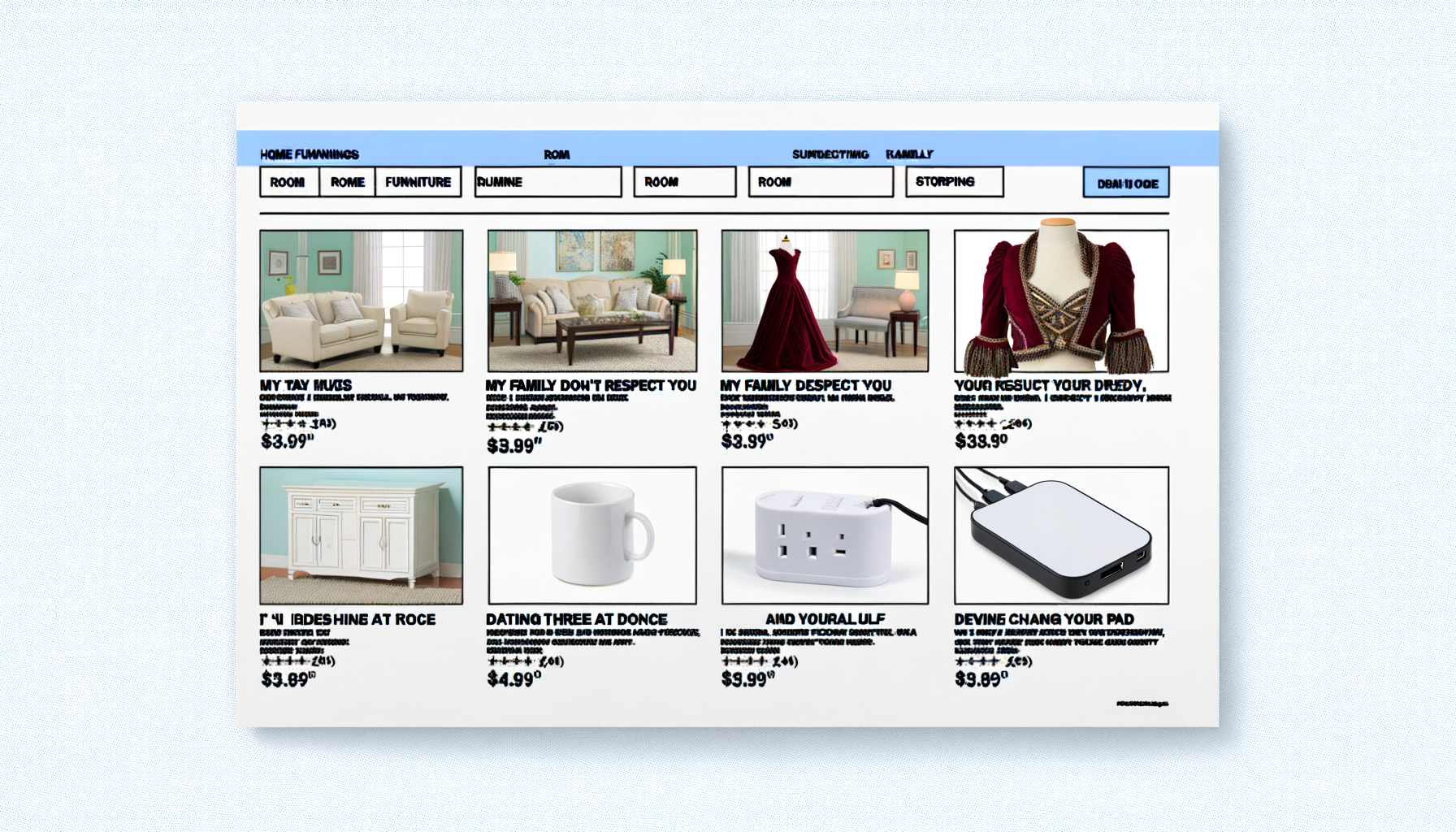
Related Content: The Kick-Ass Guide to Increase Customer Reviews for Your Online Store
3) Improve the Onboarding Experience
Your marketing strategy should not be devised after acquiring a customer; it should be implemented on every step of the customer’s journey. Because first impressions count the most, you need to impress your customer right from the first step.
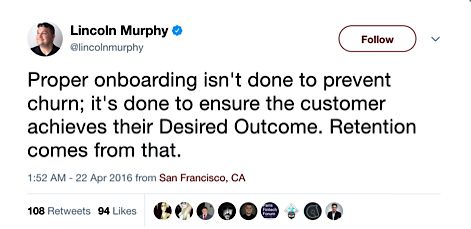
Once the visitor converts into a customer, you should immediately start helping them step by step.
MailChimp provides a getting started guide and a quick demonstration video which helps users know where to begin and what the initial steps are to using the product effectively. You could also add any necessary internal links to other similar or next-step pages so that they can easily navigate the website and learn more about how to use your product or service.
Most importantly, the tool tip inside the product, which is based on user search queries, can save a lot of a technician’s time. By compiling the queries that your users are searching for, you can get to know the steps by which a user needs to be educated, the necessary warnings that have to be shown inside the product, and help them navigate step by step. One such example is shown below:
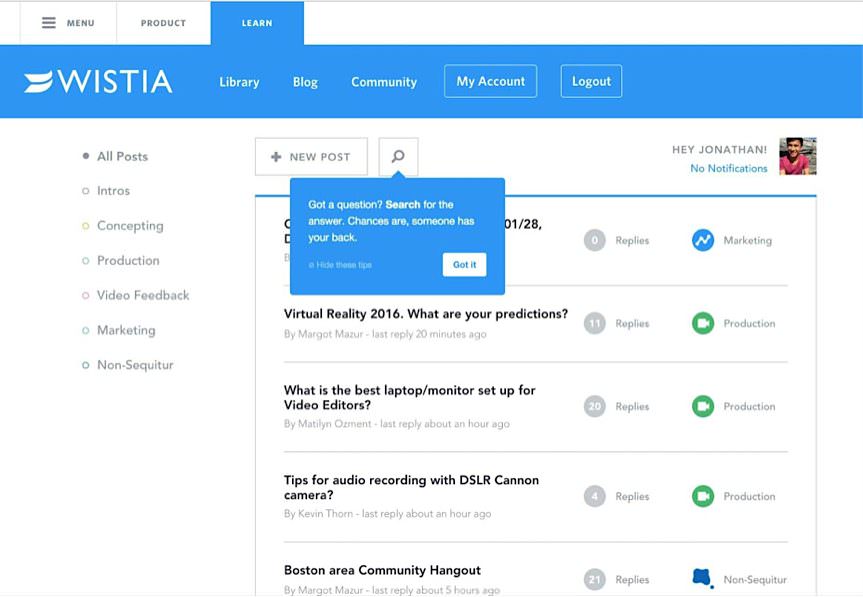
While leading them through the onboarding process, you should be getting their information to provide a personalized customer experience because almost 90% of customers are willing to pay more for a superior customer experience.
Twitter collects data to provide tailored results to its customers: they suggest relevant followers/interests to users for a more personalized experience on this social platform.
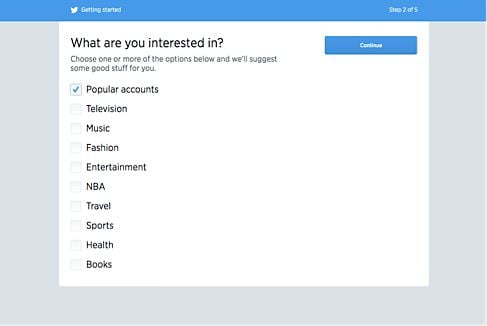
Related Content: 18 Free SEO Tools to Improve Your Google Ranking in 2017
4) Listen to the Web
Your customers are everywhere. Instead of just relying on your forums or website, they seek out suggestions and report issues about your product/service in different communities and social media networks.
As per Pew Research Center:
- 58% of people prefer to search online about the products and services that they are considering purchasing
- 67% of them go to a company’s social media pages for customer service when they have an issue
- 42% of consumers expect a response to their queries within 60 minutes
Check out this fun list of examples of brands doing customer service via their social media channels right!
The most preferred platforms are Quora, Reddit, Twitter, Google Plus and review websites like GetApp and Capterra. It’s important to keep yourself updated about what’s happening around the web regarding your product/service.
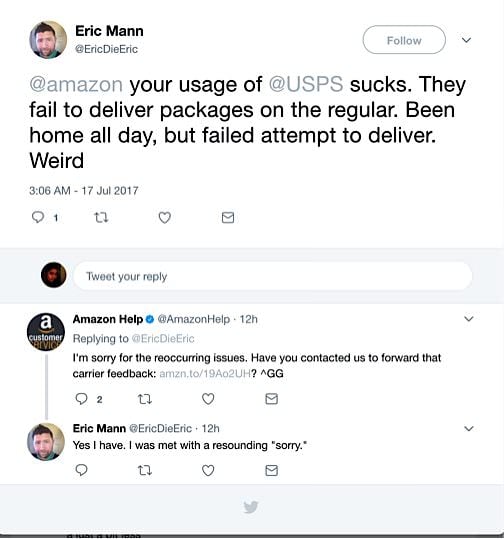
To keep informed of web mentions, subscribe to Google alerts and set up alerts for your main keyword, variations of your brand name, and your competitors’ names. You’ll receive every mention in your inbox as it happens so that you can respond promptly.
To monitor your brand name mentions across all social media, use Mention or SocialMention.
Additionally, you can also use social media to identify evaluators or competitors’ unhappy customers. Use the below search commands to filter the results, replacing the capitalized words as per your domain:
Example keyword: Design agency
- Recommend KEYWORD
- Suggest KEYWORD
- COMPETITOR NAME alternative
- COMPETITOR NAME sucks
Learn More: The Contrarian Way to Use Social Media to Attract Higher-End Customers (No Bots or Funnels Required)
5) Motivate Customer Education
Now comes the most important part: customer education. This is something you can do to educate your customers on how to get more value out of your product or service.
According to Accenture Global Consumer Pulse Survey:
- 91% of customers are frustrated because they have to contact a company multiple times for the same reason
- 90% are frustrated by being put on hold for a long time
- 89% are frustrated by having to repeat their issue to multiple representatives
This shows the importance of educating your customers on your product usage and best practices. I really like the customer education series of ICIICI bank. Although it’s not well designed, it clearly points out what customers are really looking for:
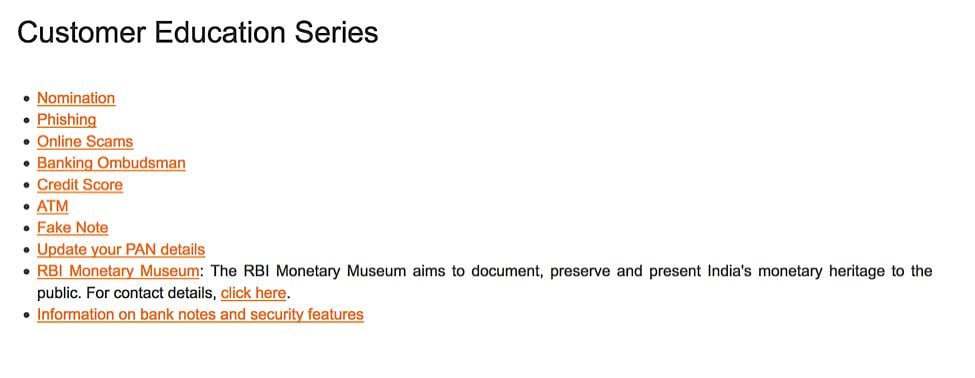
There are lots of methods available to vendors to educate their customers, including:
- Webinars – Conduct periodic webinars about the new features on your product or informative info on industry topics.
- White papers – Do some deep-dive industry research and present it as a white paper.
- Explainer videos – Not to mention podcasts, blog posts, infographics, etc.
- Tips & tricks – These can be helpful little tidbits about your product on your product pages or elsewhere.
Learn More: How to Craft a High Converting Explainer Video
6) Watch For and Adapt to Industry Trends
Adapting to the latest technology and enhancing your product as per industry trends is a pivotal factor of any brand who wants to sustain business for a long time.
Remember the story of Nokia? In 2007, they had more than 50% of the market share in the mobile industry, but due to their reluctance to transition to the smartphone era, they took a severe nosedive into near obscurity. By 2013 they had just 3% of the market share before being bought out by Microsoft.
As GST (Goods and Services Tax) rolled out in India, taxation software companies like Tally, Zoho and ClearTax made their software GST-compliant to capture and convert chartered accountants. This is an excellent example of how brands can and should adapt to industry trends and updates.
To identify industry trends, hop on to Google Trends, enter your industry, and add the location if you want to see specific trends. Here I have searched for “Tax India”:

You can see a peak in the last few months. If you want to know why a spike in popularity is happening, scroll down to the “Related queries” section below. Click on the drop-down menu and choose the filter “Rising” option to see what’s trending right now.

Similarly, you can find industry trends from Twitter trends:

And the most discussed topics in Quora Trends:

Related Content: What Is Enterprise SEO? (Definition, Examples & Tools!)
Final Thoughts
A study by Accenture Strategy found that 52% of customers will move on to a company’s competitor simply because of poor customer service. Among other institutions, retailers proved to be the worst offenders — and they’ve paid for it…to the tune of $1.6 trillion!
That’s a high price to pay for bad or negligent customer service. If customers are no longer buying products or services, but rather buying experiences delivered via the products and services, then businesses absolutely must factor superior customer service into their bottom line.
By using the SEO strategies I’ve outlined here, you can create the best possible UX for existing and new customers which will keep them happy and loyal, reduce your help desk technicians’ load, and increase your profit margin.



